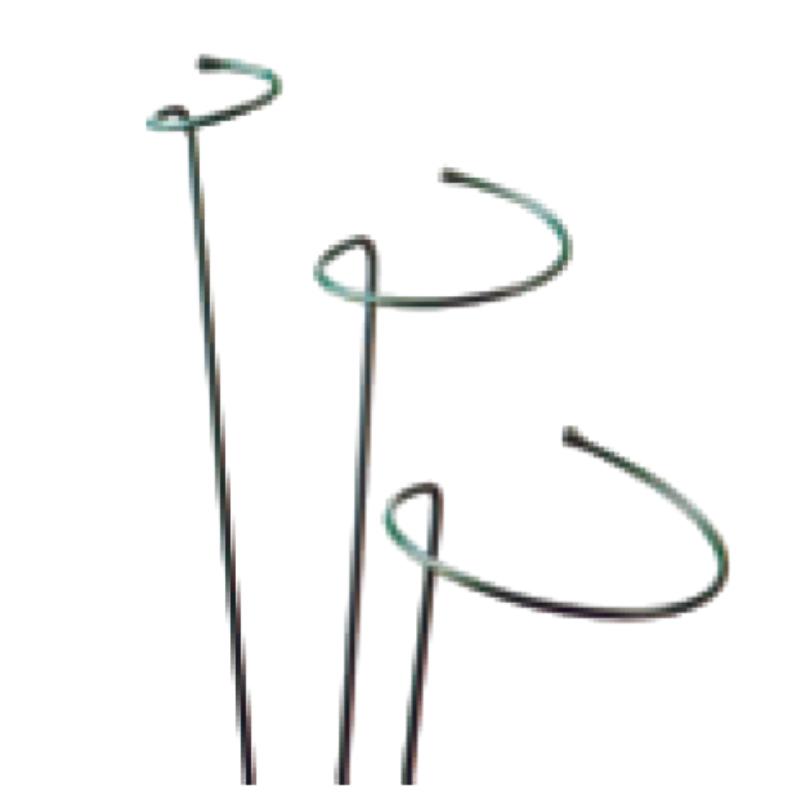-
El. paštas:zhao@hyliec.cn
-
Tel:+86 311 85273988
-
WhatsAPP:8613931128750
-
 Afrikos
Afrikos -
 albanų
albanų -
 amharų
amharų -
 arabiškas
arabiškas -
 armėnų
armėnų -
 Azerbaidžaniečių
Azerbaidžaniečių -
 baskų
baskų -
 baltarusių
baltarusių -
 bengalų
bengalų -
 bosnių
bosnių -
 bulgarų
bulgarų -
 katalonų
katalonų -
 Cebuano
Cebuano -
 Korsikiečių
Korsikiečių -
 kroatų
kroatų -
 čekų
čekų -
 danų
danų -
 olandų
olandų -
 Anglų
Anglų -
 Esperanto
Esperanto -
 Estų
Estų -
 suomių
suomių -
 Prancūzų kalba
Prancūzų kalba -
 fryzų
fryzų -
 Galisų
Galisų -
 gruzinų
gruzinų -
 vokiškai
vokiškai -
 graikų
graikų -
 gudžaratų
gudžaratų -
 Haičio kreolų
Haičio kreolų -
 hausa
hausa -
 havajietis
havajietis -
 hebrajų
hebrajų -
 Ne
Ne -
 Miao
Miao -
 vengrų
vengrų -
 islandų
islandų -
 igbo
igbo -
 Indoneziečių
Indoneziečių -
 airių
airių -
 italų
italų -
 japonų
japonų -
 javiečių
javiečių -
 kanada
kanada -
 kazachų
kazachų -
 khmerų
khmerų -
 Ruandos
Ruandos -
 korėjiečių
korėjiečių -
 kurdų
kurdų -
 Kirgizų
Kirgizų -
 TB
TB -
 lotynų kalba
lotynų kalba -
 latvių
latvių -
 lietuvių
lietuvių -
 liuksemburgiečių
liuksemburgiečių -
 Makedonietis
Makedonietis -
 Malgashi
Malgashi -
 malajiečių
malajiečių -
 malajalių
malajalių -
 maltiečių
maltiečių -
 maorių
maorių -
 marati
marati -
 mongolų
mongolų -
 Mianmaras
Mianmaras -
 Nepaliečių
Nepaliečių -
 norvegų
norvegų -
 norvegų
norvegų -
 oksitanų
oksitanų -
 puštūnų
puštūnų -
 persų
persų -
 lenkas
lenkas -
 portugalų
portugalų -
 Pandžabų
Pandžabų -
 rumunų
rumunų -
 rusų
rusų -
 samoiečių
samoiečių -
 škotų gėlų
škotų gėlų -
 serbų
serbų -
 Anglų
Anglų -
 Šona
Šona -
 Sindhi
Sindhi -
 Sinhala
Sinhala -
 slovakų
slovakų -
 slovėnų
slovėnų -
 Somalis
Somalis -
 ispanų
ispanų -
 Sundanai
Sundanai -
 suahilių
suahilių -
 Švedijos
Švedijos -
 tagalogų
tagalogų -
 tadžikų
tadžikų -
 tamilų
tamilų -
 totorių
totorių -
 telugų
telugų -
 tajų
tajų -
 turkų
turkų -
 turkmėnų
turkmėnų -
 ukrainiečių
ukrainiečių -
 urdu
urdu -
 Uigūras
Uigūras -
 uzbekas
uzbekas -
 vietnamiečių
vietnamiečių -
 valų
valų -
 Pagalba
Pagalba -
 jidiš
jidiš -
 Joruba
Joruba -
 Zulu
Zulu
Metal Plant Supports
What Is The Support Structure Of A Plant?
The support structure of a plant refers to the system of tissues and organs that provide stability and enable the plant to maintain an upright position. This support structure includes several key components:
1. Cell walls: The rigid cell walls of plant cells provide structural support, especially in non-woody plants. The cell walls help maintain the shape and rigidity of the plant's cells, contributing to its overall structure.
2. Stems: Stems play a crucial role in supporting the plant and providing a framework for the attachment of leaves, flowers, and reproductive structures. The stems also facilitate the transport of water, nutrients, and sugars throughout the plant.
3. Roots: The root system anchors the plant in the soil, providing stability and support. Additionally, roots absorb water and nutrients from the soil, contributing to the overall health and growth of the plant.
4. Vascular tissues: Xylem and phloem are specialized tissues that form the plant's vascular system. Xylem transports water and minerals from the roots to the rest of the plant, while phloem transports sugars and other organic compounds to various parts of the plant.
5. Specialized structures: Some plants have specialized support structures, such as tendrils, thorns, or aerial roots, which aid in climbing, attachment, or additional support.
The combination of these structural elements allows plants to maintain their shape, withstand environmental forces, and support essential physiological processes.
Iron Plant Supports Faq
What are the benefits of using iron plant supports?
Iron plant supports offer durability and strength, making them suitable for providing robust support for heavy or sprawling plants. They can withstand the weight of mature plants and help maintain their shape and structure.
What types of plants are best supported by iron plant supports?
Iron plant supports are well-suited for providing support to a wide range of plants, including peonies, roses, delphiniums, and other tall or heavy-flowering perennials. They can also be used for supporting climbing plants such as clematis or sweet peas.
How should iron plant supports be installed?
Iron plant supports should be installed firmly in the ground to ensure stability. When supporting individual plants, place the support structure around the plant early in the growing season, allowing the plant to grow into and around the support naturally.
Are there different styles and designs of iron plant supports available?
Yes, iron plant supports come in various styles and designs, including hoop supports, grid supports, and individual stakes. These different designs cater to the specific needs of different types of plants and can provide effective support while enhancing the visual appeal of the garden.
How can iron plant supports be maintained?
To maintain iron plant supports, periodically inspect them for signs of rust or corrosion, especially if they are exposed to the elements. If rust is present, it can be removed using a wire brush, and the supports can be treated with a rust-resistant coating or paint to prolong their lifespan.






